Dishwasher Requirements for Commercial Kitchens
link desc

Cabinets are costly due to high-quality materials, skilled craftsmanship, and the level of customization involved. The type of materials, ranging from hardwoods to metals, and the labor-intensive processes required for custom designs elevate the prices. Additionally, brand reputation and the specific hardware and add-ons chosen further influence the overall costs.
At Classic Cabinetry, we pride ourselves on careful attention to detail, top-grade materials, and exceptional craftsmanship, which are valuable in creating the custom cabinetry solutions you've always dreamed of.
From the initial consultation to the final installation, we ensure a seamless and hassle-free process, guaranteeing cabinetry that meets and exceeds your expectations.
Browsing kitchen cabinetry can often lead to sticker shock, driven by numerous factors that elevate costs.
At the heart of it all lies the craftsmanship, material quality, and personalization that elevate simple storage areas into focal points of aesthetic beauty and functionality.
In this article, we will unpack these price-influencing factors to explain how investing in custom kitchen cabinetry is a decision that pays dividends in both form and function.
Call us at (256) 423-8727 or request a quote online. Let's create something beautiful together!

Material quality is a critical factor at the heart of kitchen cabinetry's high cost.
A close examination reveals a direct correlation between the caliber of materials used and the final price tag of cabinets.
This section will dig into the clear differences between common cabinetry materials, shedding light on why cabinets crafted from premium resources command higher prices.
Through this exploration, the balance between durability, aesthetics, and cost becomes apparent, offering insights into the often difficult pricing of custom cabinetry.
The variety of materials available for kitchen cabinets plays a pivotal role in determining the cost and lifetime value of the cabinetry. From the enduring charm of hardwoods like oak and cherry to the cost-effective solutions offered by plywood and particle board, each material brings its unique blend of properties to consider: durability, aesthetics, and maintenance needs.
Diving deeper into the nuances of cabinet materials, it’s clear that the choice between solid wood and engineered options such as fiberboard isn't just about the upfront price. It also hinges on factors like the intended use, the climate in the home, and even the style of the kitchen. Solid woods, prized for their long-lasting beauty and strength, often command a higher price due to their strength and the difficulty involved in their shaping and finishing:
Premium materials demand higher prices largely due to their superior durability and aesthetic qualities, which increase the overall value and appeal of the cabinets. The difficult process of harvesting, drying, and preparing these materials, particularly hardwoods like oak and cherry, adds to the expense. This is because it requires a significant amount of time and expertise to ensure the wood meets high standards of quality and beauty.
Moreover, the rarity and demand for certain premium woods or high-grade metals used in custom cabinetry directly influence their cost. When materials are sourced from specific regions, adhering to sustainable trade practices, or are less abundant, the price reflects the scarcity and the extensive effort to procure and transport them. Consequently, cabinets made from these premium materials cost more and are considered an investment in the longevity and aesthetics of a home.
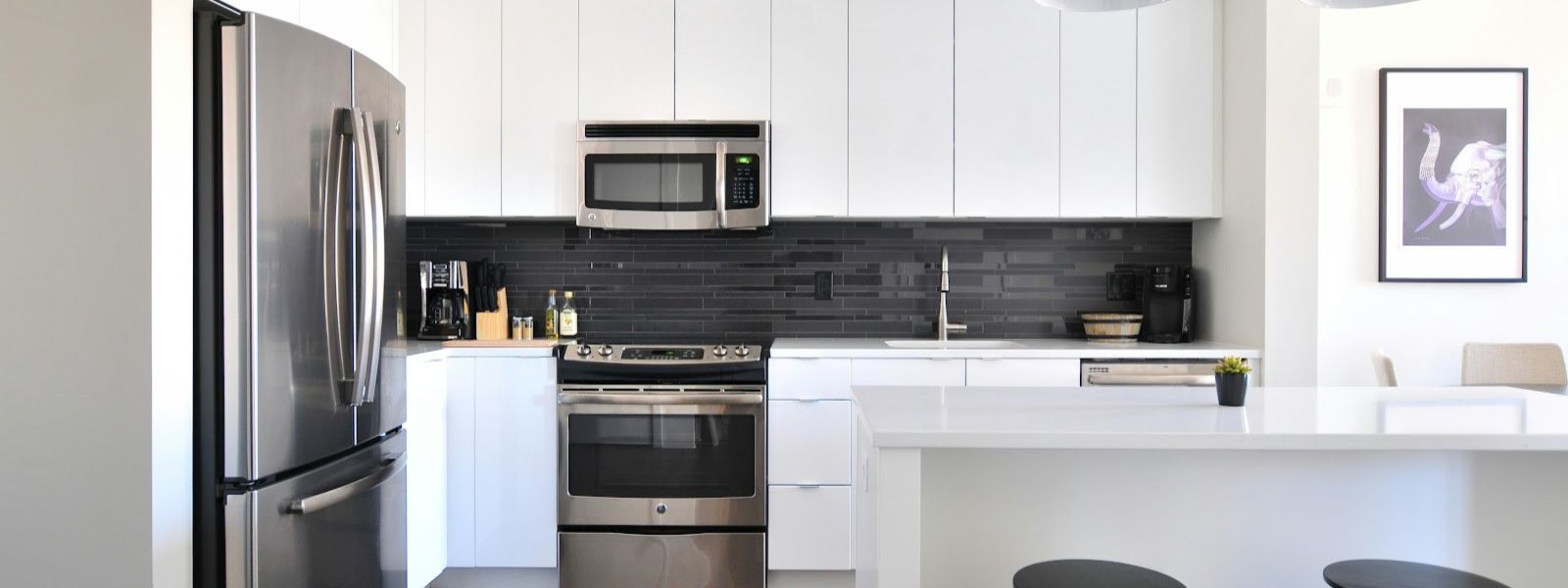
Exploring custom cabinetry further explains the major impacts customization options have on the pricing structure.
The journey from stock cabinets to custom solutions illustrates a variety of costs decided largely by the degree of personalization and material selection.
This variance explains the stark price differences between readily available stock cabinets, the fit of semi-custom options, and the unparalleled uniqueness and quality of fully custom cabinets.
Moreover, the intricacy of design features and special materials further compound pricing, underscoring how custom elements and construction can escalate costs.
This exploration clarifies the factors influencing cabinet pricing and highlights the value invested in creating spaces that perfectly align with homeowners' visions and functional demands.
The landscape of cabinetry offers a broad range of pricing, primarily influenced by the degree of customization. Stock cabinets represent the entry-level, offering the most cost-effective solution but with limited options for personalization or adjustments to fit: these are mass-produced, adhering to standard dimensions, and available in set styles and finishes.
Transitioning from stock to custom cabinetry escalates the cost and enhances the value and uniqueness of the kitchen space. This gradation in pricing underscores the significance of personal choice in the overall budget for kitchen renovations or updates.
The design of custom cabinetry significantly impacts the final pricing. Intricate features such as custom inlays, specialty corners, and unique door styles require a higher level of craftsmanship and time to produce, so these elements make the manufacturing process more difficult, requiring specialized skills and tools that elevate the cost.
Moreover, the introduction of innovative storage solutions like pull-out spice racks, integrated appliance garages, or custom-fitted drawers for utensils can significantly add to the expense. These solutions often demand detailed planning and execution, increasing price as they upgrade standard cabinet functionality to meet personalized kitchen needs.
Call us at (256) 423-8727 or request a quote online. Let's create something beautiful together!
Kitchen cabinets cabinet doors impact price due to materials, finishes, and craftsmanship. Doors for cabinets often require solid hardwood or MDF with high-quality finishes. Popular options like shaker-style or inset doors cost more than slab-style doors. Cabinet kitchen cabinet doors with soft-close hinges or custom edge profiles also add cost. Cabinet doors and hardware including hinges and knobs must match in design and durability, which affects the total cost of kitchen doors cabinets.
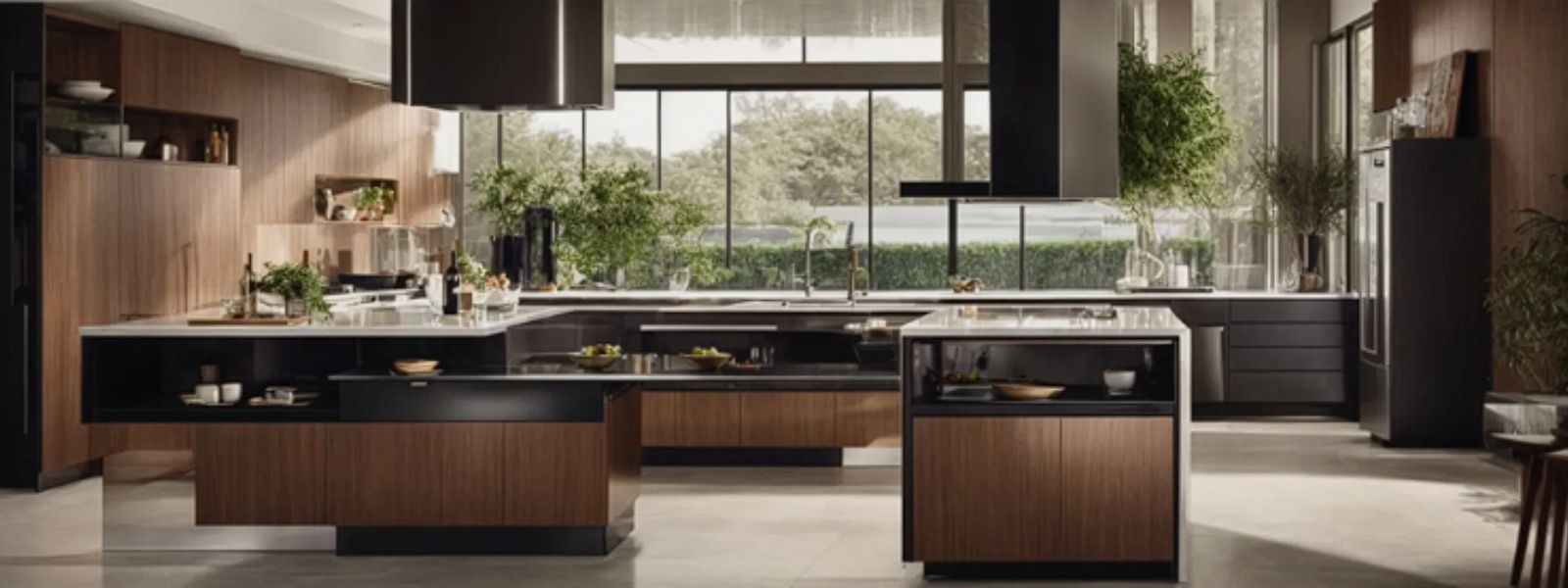
The impact of a brand's reputation on the pricing of kitchen cabinets is a notable aspect often underestimated by consumers.
As we explore what sets high-end kitchen cabinet brands apart, it becomes clear that the price tags attached to brand names are not just for the logo on the cabinet door.
Instead, they reflect a legacy of quality, innovation in design, and superior customer service.
The names that have stood the test of time in the cabinetry market have done so by consistently delivering products that promise durability, exceptional craftsmanship, and cutting-edge design—qualities that define the value behind brand name pricing.
To read about what Classic Cabinetry can create, read our testimonials.
Identifying high-end kitchen cabinet brands starts with recognizing those that consistently push the envelope in terms of design innovation and craftsmanship. These brands distinguish themselves by sourcing the finest materials, such as high-grade hardwoods and superior metal hardware, ensuring their cabinetry exudes elegance and lasts against wear and tear.
Moreover, luxury cabinet makers prioritize personalized customer experiences, often offering extensive customization options allowing homeowners to craft spaces uniquely their own. This dedication to quality and consumer satisfaction solidifies its reputation in the market, setting it apart as the go-to option for those looking to invest in their home’s beauty and functionality.
Custom cabinets cost more than big-box brands like Aristokraft or Home Depot due to quality, durability, and personalization. Stock brands use bulk materials and standardized sizes to reduce costs. Classic Cabinetry uses higher-end materials and offers design flexibility tailored to exact kitchen layouts. While Aristokraft cabinets may offer lower pricing, they typically lack custom cabinet door styles, premium hardware, and the design attention found in fully custom solutions.
The assurance attached to brand name pricing often goes beyond the visible aspects of the cabinets and embodies the reliability and trust built over the years. Homeowners pay not just for the product, but for the peace of mind that comes with knowing their investment is backed by a company that stands firmly behind its quality and durability.
This premium added to the cost reflects the careful attention to detail and the innovative design that brand-name cabinets bring to a home. It's an investment in the aesthetic and functional enhancement of the living space, ensuring that every cabinet fits perfectly in the homeowner's lifestyle.
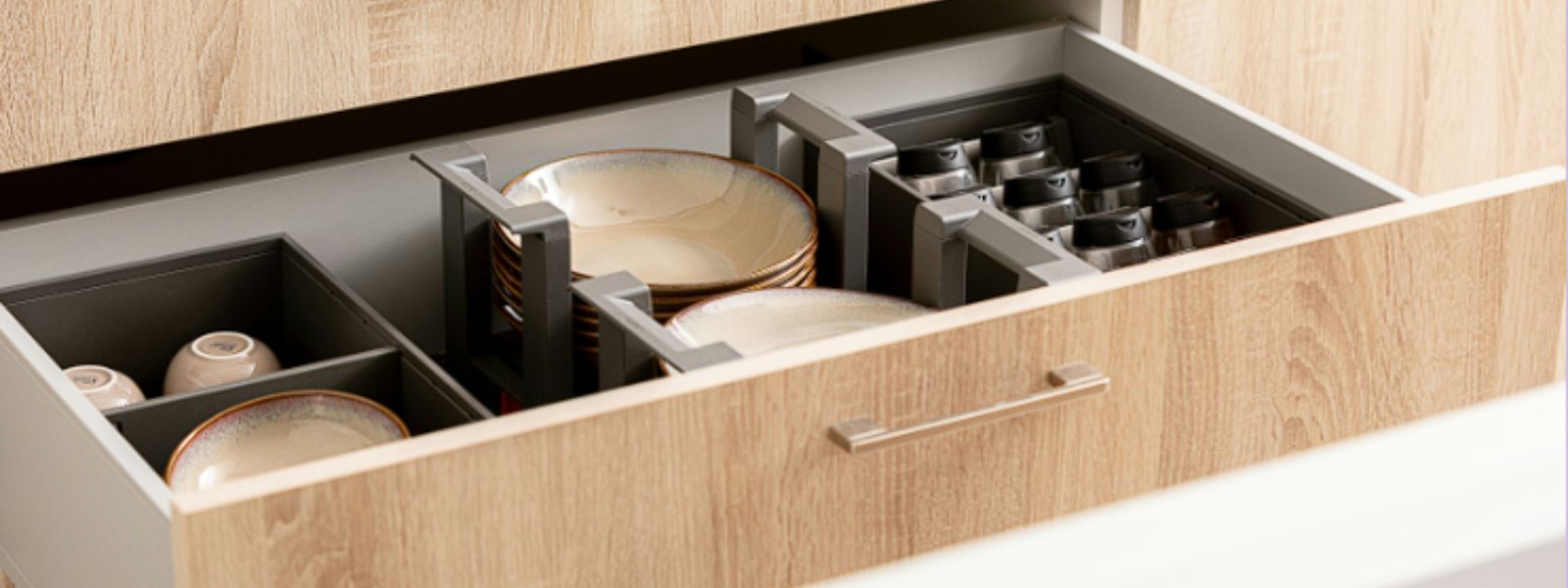
Exploring kitchen cabinetry reveals that the choice of hardware and additional features can significantly sway the overall cost.
Selecting the right hardware might seem like a minor detail, yet it holds considerable influence over both the aesthetics and functional durability of cabinetry.
On the other hand, evaluating the necessity and desirability of various add-ons becomes crucial as these elements can drastically elevate expenses.
It's about striking a delicate balance: opting for enhancements that contribute to both style and utility without inadvertently inflating the budget to unwarranted levels.
Selecting hardware for custom cabinetry is a step where style meets substance, directly impacting both the aesthetics and the final cost of your kitchen. High-quality hardware, such as knobs, pulls, and hinges, can add a touch of elegance and durability but comes with an increased price tag.
The range of options available allows homeowners to tailor their choices to fit both their design vision and budget constraints. Stainless steel and brushed nickel continue to be popular for their blend of beauty and resilience, offering a timeless look without overshadowing the overall design of the cabinetry:
The decision on hardware goes beyond mere decoration; it influences the functionality and longevity of cabinets. Homeowners should weigh the aesthetic appeal against the cost, aiming for hardware that promises durability and usability without inflating the budget unnecessarily.
Add-ons in custom cabinetry can dramatically increase the total investment in a kitchen's aesthetics and functionality. These include specialized storage solutions like magic corners and pull-down shelves, which, while enhancing accessibility and organization, also add to the overall expense: each custom feature uses engineering and design, which require a higher financial outlay.
For a clearer picture of how add-ons affect the bottom line without sacrificing style or utility, it's essential to consider the costs associated with some of the most popular enhancements:
Ultimately, the decision to incorporate these add-ons into custom cabinetry must balance the desire for a kitchen that meets the homeowner's unique needs against the reality of the budget constraints. Each additional feature, while potentially increasing usability and enjoyment, also escalates the project's overall cost, pushing homeowners to carefully consider which enhancements offer the most value for their lifestyle and budget.
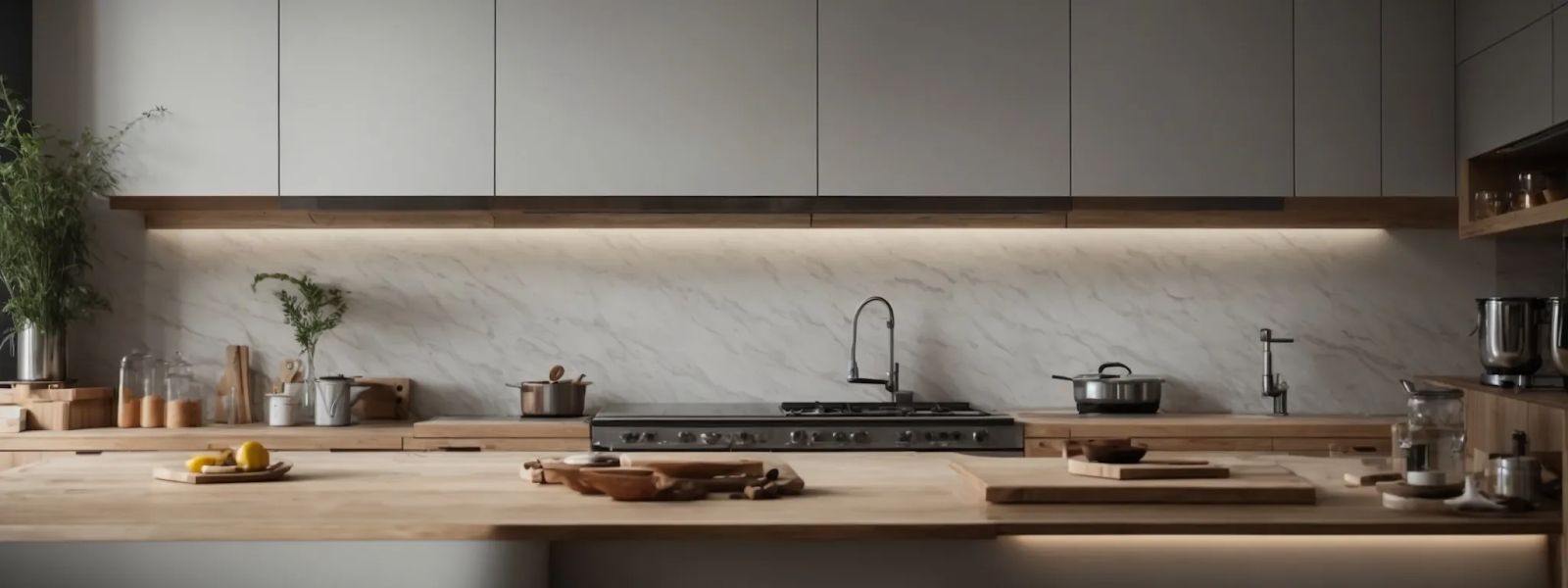
The installation process plays a pivotal role in the overall cost of kitchen cabinets, often overlooked in the initial budgeting phase.
Deciding between a professional installation team and taking the do-it-yourself (DIY) route can significantly influence the financial investment required.
This section will dissect the costs associated with professional and DIY installations and explain unexpected expenses that can inflate budgets.
Understanding these factors is crucial for homeowners to make informed decisions that align with their financial constraints and project aspirations.
The debate between hiring a professional for cabinet installation or embarking on a DIY project hinges on several critical factors: expertise, time, and risk. Professionals bring years of experience, ensuring that the job is done efficiently and correctly, mitigating the risk of costly mistakes that can arise from inexperience.
Choosing between professional and DIY installation is a decision that affects both the project's budget and its timeline. Homeowners must weigh the value of their time against the potential for higher quality and peace of mind provided by professional services.
When delving into the installation process for kitchen cabinets, homeowners might not initially account for unexpected costs that can significantly impact the budget. These costs can arise from factors such as the need for additional materials, unforeseen structural amendments, or the correction of pre-existing issues discovered during installation. These unexpected costs often increase the overall expense beyond the original estimates, emphasizing the importance of preparing for the unexpected.
Furthermore, the kitchen space itself can be challenging with design issues such as irregular wall shapes and existing plumbing or electrical systems that need to be modified. These elements necessitate a deeper inspection and potentially more intricate labor, adding layers of complexity and expense to the project:
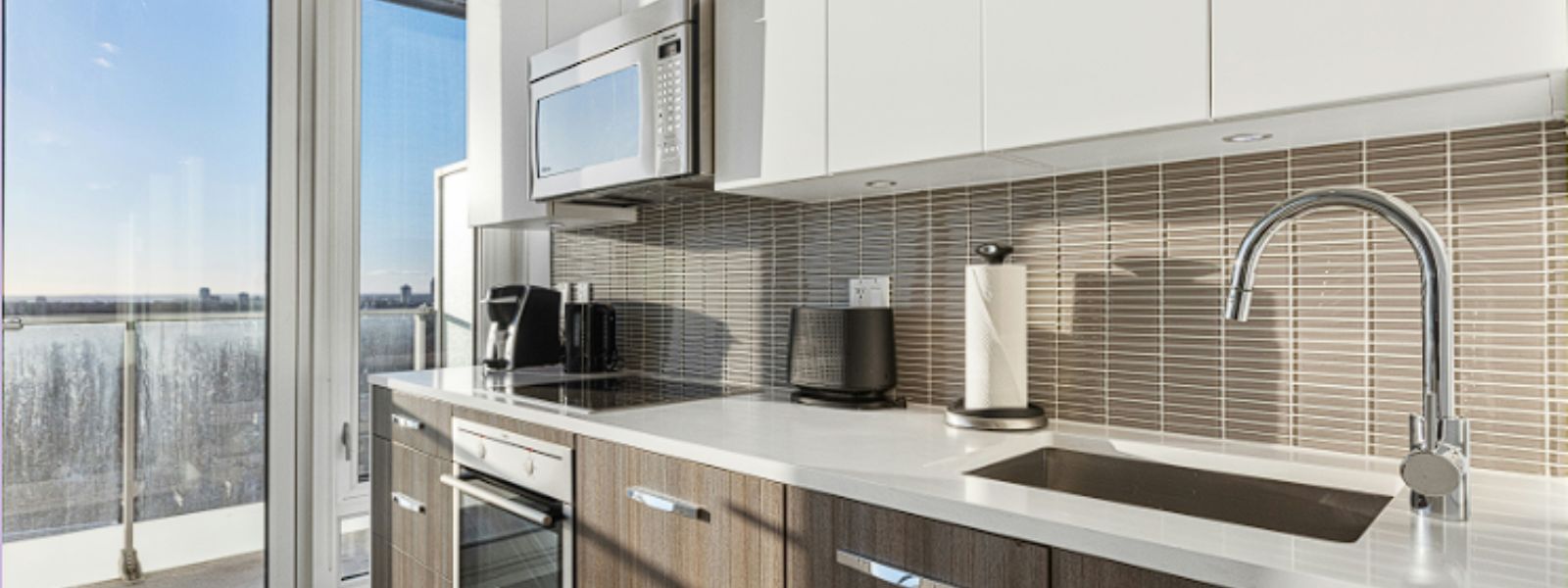
Labor costs play a crucial role in determining the final price of kitchen cabinets, varying significantly across different geographical areas. In regions where the cost of living is higher, labor charges tend to be on the upper end, directly influencing the overall expense of cabinetry projects. This variation is something homeowners must consider when budgeting for their kitchen remodeling or renovation plans.
In cities like Huntsville and Madison in Alabama, the labor rates are determined by the demand for skilled cabinetmakers and local economic factors. These professionals provide a wealth of knowledge and expertise, ensuring that each cabinet is crafted with precision and care, but these skill sets come at a price reflective of the market's current rates.
In Ardmore and other parts of North Alabama, the labor cost might differ, potentially offering a more cost-effective solution for those looking to install custom cabinetry. Homeowners should actively explore local labor costs since this can greatly impact the total budget required for custom cabinet projects.
Ultimately, the geography of where a cabinetry project is undertaken can significantly sway the labor expense incurred. This geographical influence on pricing underscores the importance of conducting thorough research and obtaining multiple quotes to ensure a fair and reasonable price for the craftsmanship involved in bringing your dream kitchen to life.
Kitchen cabinet prices depend on several factors including material quality, customization options, brand reputation, hardware and add-ons, installation process, and labor costs varying by geography.
High-quality materials like hardwoods and premium metals customized to fit homeowners' specific aesthetic and functional needs, push prices up due to the intricate work and expert craftsmanship required.
Brand reputation adds value through a legacy of quality and innovation, justifying higher costs.
Furthermore, choosing durable and stylish hardware and considering additional features for enhanced functionality can significantly affect the total price.
Installation costs, whether opting for professional services or undertaking a DIY approach, alongside the cost of labor which differs across regions, also play crucial roles in the final pricing of kitchen cabinets.
Investing in expensive kitchen cabinets involves balancing the desire for quality, customization, and unique design with the practicalities of budget and geographical cost differences.
Ready to transform your kitchen with custom cabinetry that blends quality with design? Contact Classic Cabinetry today to schedule your consultation and bring your vision to life.
Modern kitchen cabinets are expected to have a lifespan of around 20 years due to advancements in materials and construction methods. On the other hand, stock cabinets from big box stores typically only endure for about 5 years.
Although there is a wide variety of custom organizers to fit any needs, trash can pullouts, blind corner roll-outs, spice rack pullouts, and pot and pan organizers are some of the most-loved custom kitchen add-ons.